Photographs: Courtesy, IMF Vidya Ranganathan in Singapore
The bold monetary experiment that the Indian and Chinese central banks engaged in this year might one day be hailed as a success. So far, the result has been unprecedented market volatility and little else.
Both central banks targeted interbank rates to control the supply of money, aiming for a more surgical monetary tool than orthodox bank reserves or policy interest rates.
The People's Bank of China (PBOC) and the Reserve Bank of India (RBI) were worried that sticking with traditional policy rates or bank reserves would have had a greater impact on the overall economy and slowed growth, which they wanted to avoid.
"They shifted to a more interest-rate based system in both cases. Both central banks should be applauded for doing that," said Frederic Neumann, co-head of economic research at HSBC in Hong Kong.
Both central banks are looking to liberalise their markets, but the PBOC and RBI are adopting a similar policy strategy in very different situations and for different reasons.
China is now using its open market operations almost exclusively to try to rein in a credit binge. Apart from growth concerns, the PBOC feared that raising policy rates or reserve ratios would have added unwelcome fuel to a rally in its currency.
…
Volatile living: India, China's bold monetary experiment
Image: China's central bank governor Zhou Xiaochuan.Photographs: Jason Lee/Reuters
India had similar GDP concerns after growth slumped in recent years. But, unlike China, it urgently needed to shore up its currency, which dropped in August to a record low, and to tame steep inflation.
Economists feel it is too soon to pass judgement on these policies and they are impressed that the two giants tried to move towards market-based pricing in what has been a challenging year for emerging markets.
The experiment is an attempt by both countries to release some of their central grip on the economy and develop deeper roles for markets.
But for middle income countries such as China and India - the top tier of emerging economies but not yet developed like Western nations - there is no boilerplate recipe.
South Korea's experience in trying to liberalise its financial system and currency in the late 1990s was riddled with policy missteps, bankruptcies and crises.
Until this year, Beijing and New Delhi had countered the classic 'impossible trinity' of trying to control capital flows, interest rates and their currencies at the same time through quantitative measures: bank reserve ratios, lending quotas and regulated investments.
…
Volatile living: India, China's bold monetary experiment
Photographs: Reuters
New Tools, Old Instincts
Despite now using more market-oriented tools, the policy mix remains tilted towards controls.
"It is still very much a hybrid regime," said Westpac regional economist Huw McKay.
Whatever the long-term prognosis, the policies have created extreme short-term volatility and uncertainty, which can only be partly explained away as the price of trying to deepen markets.
"The problem arises with the transparency of it, whereby it's not clear what their policy target is," said Neumann.
India created a wedge between its regular policy rate and its emergency funding rate as the rupee slid 20 per cent this year to a record low in August.
In China, where the PBOC's new tool is the reverse repo funding window, interbank rates spiked to record highs in June when it withheld lending for about 3 weeks and the 7-day benchmark rate trebled to 11 per cent. That was followed by mini-spikes in September and last month.
…
Volatile living: India, China's bold monetary experiment
Image: A man reads information on an electronic screen at a brokerage house in Shanghai.Photographs: Aly Song/Reuters
The spikes reverberated through markets as far removed as Australia. China's A-share index, which allows foreign investors limited access, fell as much as 20 per cent in June.
China wants to keep its economy expanding faster than 7 per cent annually, while curtailing a 5-year lending binge that has led to excessive investment, manufacturing overcapacity and a surge in property prices.
By keeping markets guessing on when it will supply cash, the PBOC has spawned huge uncertainty.
"The volatility is wholly self-inflicted," said ING's chief Asian economist Tim Condon. "They obviously can control interbank liquidity with their indirect measures, but they seem to do it in a ham-handed fashion. Why the spikes?"
The volatility might also be the result of a centrally planned economy rapidly liberalising interbank markets while other parts of the economy are still closely controlled.
…
Volatile living: India, China's bold monetary experiment
Photographs: Reuters
China lacks deep bond markets and money market funds to smooth over volatility, but it also has to deal with the impact of hot money flows on a rangebound, non-convertible currency.
"Quantitative management could arguably be the most effective monetary policy tool in China because decades of planned economy has made local governments completely insensitive to the price of money," said Wang Haoyu, economist at First Capital Securities in Shenzhen.
Push and Pull
India's volatility has its origins in frequent and impulsive monetary policy swings.
"The volatility in interest rates is certainly negative for economic growth in both markets. It makes planning decisions much harder," said HSBC's Neumann.
Unlike China, India has relatively deep short-term funding markets and mature derivatives trade, but interbank rates have moved in a wide 9 percentage point range this year.
The Sensex rallied to record highs after new RBI Governor Raghuram Rajan took steps to stabilise the rupee.
However, business investment has suffered, economic growth has weakened further and markets have been left to second-guess the central bank's priorities: the currency, growth or inflation.
…
Volatile living: India, China's bold monetary experiment
Photographs: Reuters
Rajan, an ex-IMF economist, may have picked the wrong time to try and deepen India's interbank markets, namely while he was fire-fighting a currency crisis.
His attempts to create tiered overnight rates and wean India's banks off volatile short-term funding have left markets confused about which benchmark to follow and which way policy is headed.
The two central banks may have swerved too far to embrace a new policy focus, economists say.
"Perhaps in the transition phase central banks have to use both tools, the old and the new market-based tools, concurrently and redouble efforts at creating deeper money and capital markets" said Neumann.
"But you can't go back. That would maybe stop the natural evolution in its tracks."
(Additional reporting by Lu Jianxin)

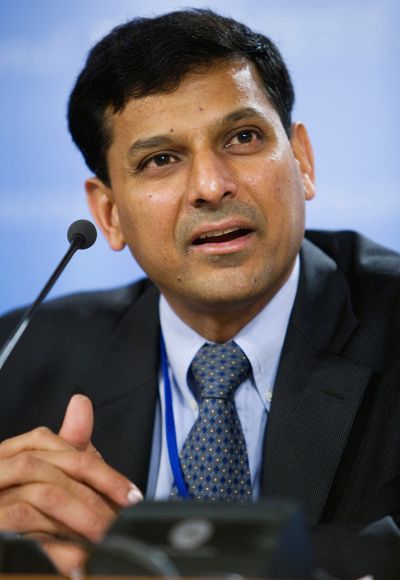
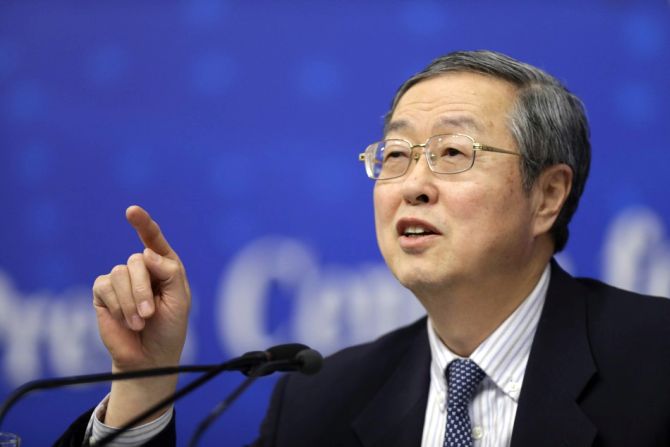
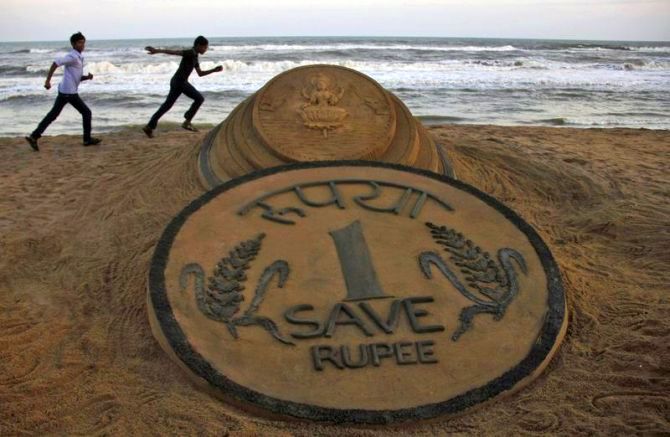
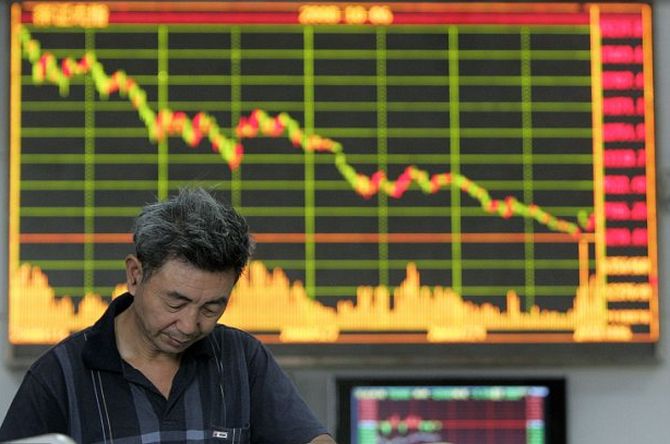
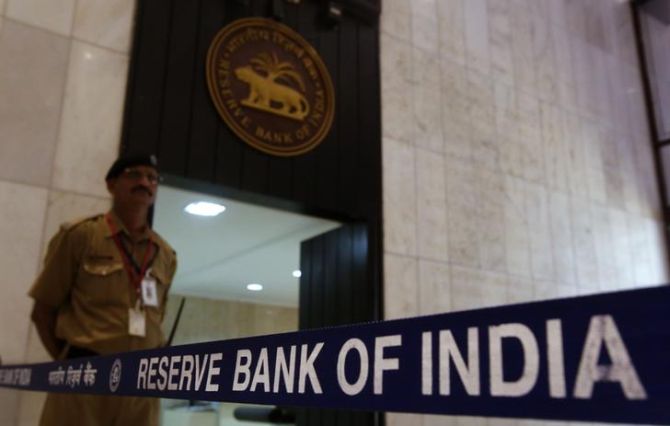


article